You did the research on pricing, discussed with neighbors, weighed the pros and cons, done an in-person demonstration, crafted a well worded and succinct proposal, and got agenda time. And yet somehow, your perfect proposal didn’t pass on the first attempt. How frustrating! With all the work you put in up front, why not?!
While it is incredibly discouraging, it’s just the reality that proposals rarely pass on the first attempt. That’s ok! It brings a greater discussion, makes you look at aspects you hadn’t previously considered, do more research, find a better product, better financing, or take it in an entirely different direction. You end up developing a proposal that we all can agree with and maybe live happily ever after.
I’m bringing this up because there was a proposal that didn’t pass, and there are some very upsetting emails about it. I think people’s memory has faded over time, so here is a friendly reminder of proposals I personally championed that I thought were “no-brainers” or “slam-dunks” that ended up taking several meeting discussion and iterations, and 2-3 proposal attempts.
- Getting Internet service to the common house
- Getting a new kitchen stove
- Adding the hot tub as an asset to the capital reserve
- Installing noise reduction (sound proofing) to a unit
Ones that I wasn’t the lead on, but I remember they took more than one attempt and a lot of meetings:
- Building a bedroom addition on a unit
- Replacing the roofs
- Repairing the common house chimney
- Getting the new play structure
- The huge siding, trim, and gutters project
- The exterior paint colors
So when I think about how disappointing it is that a proposal doesn’t pass on the first try, I remember that doesn’t mean it will never pass. It will just take a lot more work and discussion and probably some sleepless, frustration-filled nights.
When it finally does pass, I can look back fondly at how we worked together to figure out the best way to go about getting something that was ultimately of value and an asset to our community, and we learned a lot about each other during the process.
Let’s remember to be kind with each other, and assume positive intent. Disagreeing with a proposal means I have concerns that I want addressed, that I think the proposal is well intentioned but not fully formed, and I would like to keep working together to resolve the issues. So, let’s do this, together!








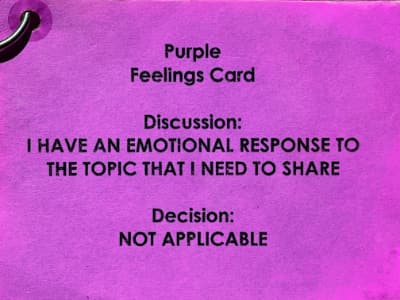
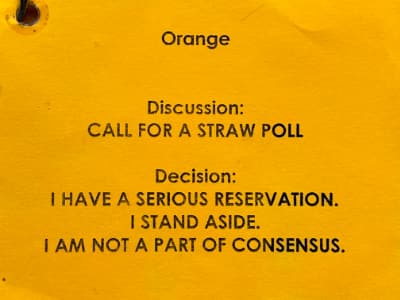

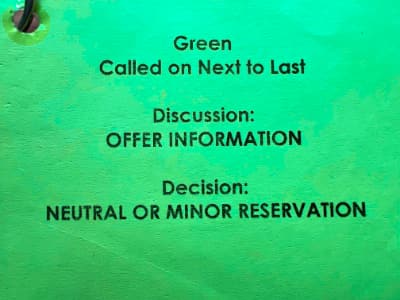





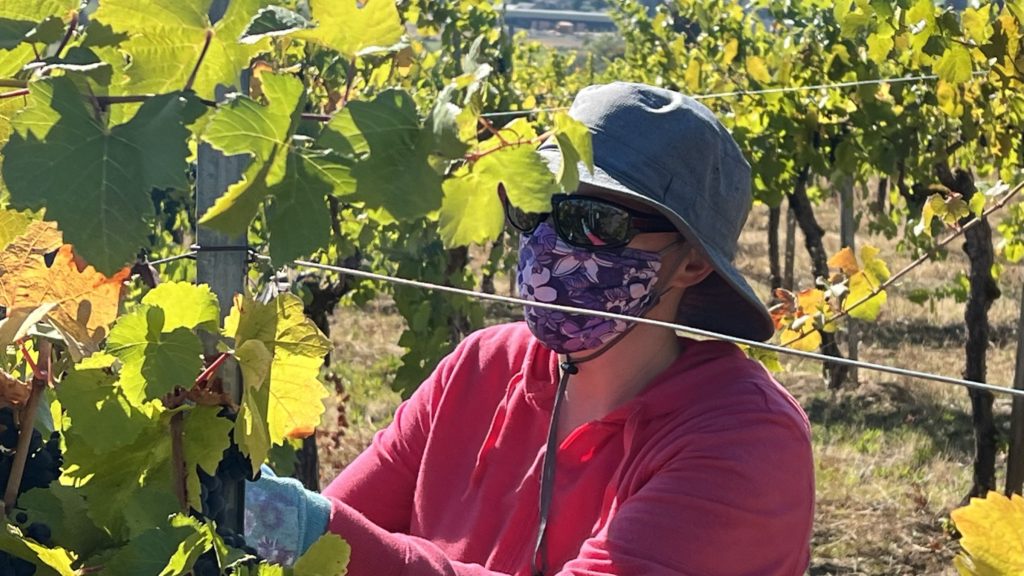
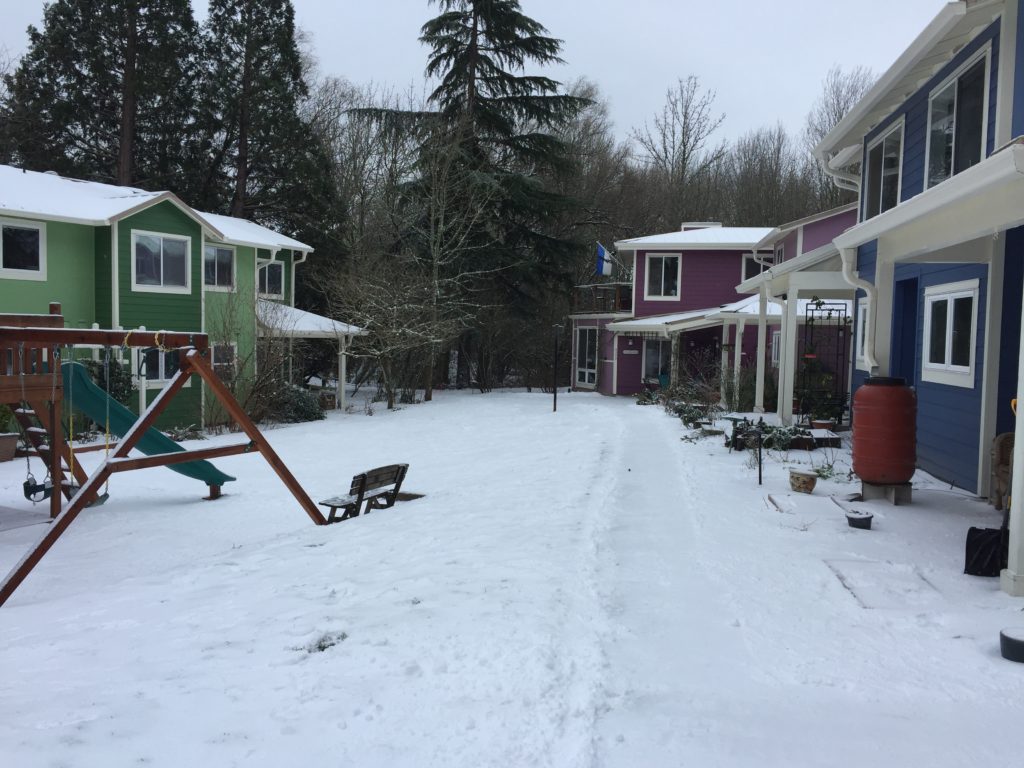





Recent Comments